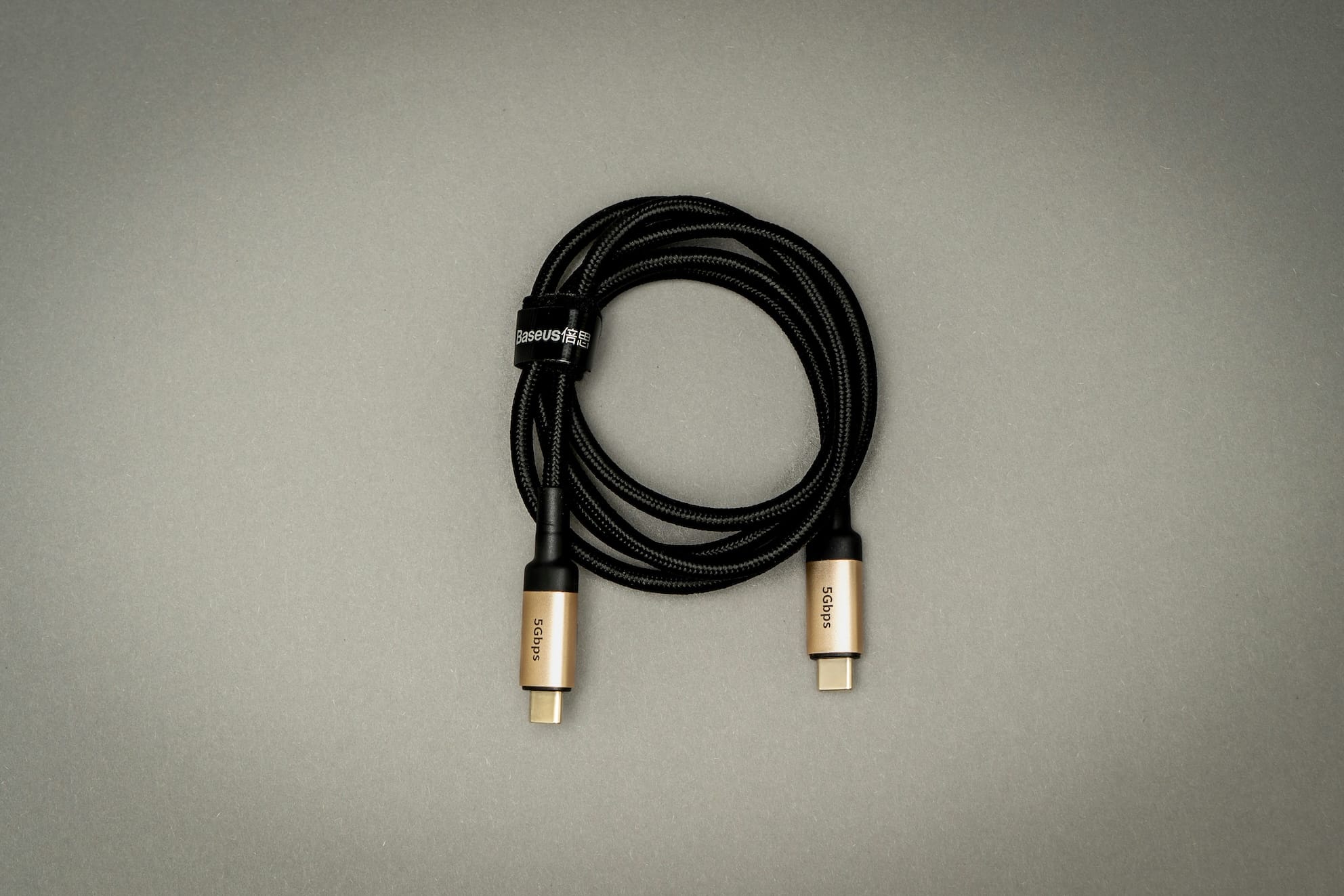The Advancements in Computer Ports
The evolution of computer ports has transformed computing by enabling faster connections, broader compatibility, and greater efficiency.

From the early days of computing to the modern era of high-speed data transmission, ports have played a crucial role in connecting devices, enabling communication, and expanding functionality. Over time, computer ports have evolved from bulky, low-speed connectors to sleek, high-performance interfaces that support advanced peripherals and ultra-fast data transfers. This article explores the history and types of computer ports, detailing their evolution and impact on computing.
Early Computer Ports: The Foundation of Connectivity
Connectivity has been vital in computing, enabling communication and expanding functionality. Early ports like Serial (RS-232), Parallel, and SCSI were essential from the 1960s to 1990s, connecting peripherals and shaping early computing. Though obsolete, they laid the groundwork for modern, high-speed interfaces.
Serial Port (RS-232)
One of the oldest communication ports, RS-232 (Serial Port) was introduced in the 1960s for connecting peripherals like printers and mice. It used a 9-pin or 25-pin connector and transmitted data one bit at a time, making it slow but reliable for basic data transfer.
Parallel Port
Popular in the 1980s and 1990s, parallel ports were used primarily for printers and scanners. Unlike serial ports, parallel ports transmitted multiple bits simultaneously, offering faster data transfer speeds. However, their bulky design and limited functionality eventually led to their replacement.
SCSI (Small Computer System Interface)
Developed in the early 1980s, SCSI ports were widely used in external storage devices, allowing hard drives, CD-ROMs, and tape drives to connect to computers. SCSI offered higher transfer speeds than serial and parallel ports but required complex configurations.
The Rise of Universal Ports: Simplifying Connectivity
As computers advanced, the need for universal connectivity became essential, leading to the development of standardized ports. PS/2, USB, and FireWire emerged as key interfaces, simplifying connections for peripherals and improving data transfer speeds. Over time, USB became the dominant standard, replacing older technologies.
PS/2 Ports (Keyboard & Mouse)
IBM introduced PS/2 ports in 1987, designed specifically for keyboards and mice. They used 6-pin connectors and became a standard in desktop computers. However, with the rise of USB technology, PS/2 ports became obsolete.
USB (Universal Serial Bus)
The launch of USB 1.0 in 1996 revolutionized computing by providing a universal, hot-swappable interface for keyboards, mice, printers, external storage, and other peripherals. Over time, USB evolved into multiple generations:
- USB 2.0 (2000) – Increased speeds to 480 Mbps.
- USB 3.0 (2008) – Boosted speeds to 5 Gbps.
- USB 3.1 (2013) – Achieved 10 Gbps.
- USB 3.2 & USB 4 (2019–2020) – Introduced speeds up to 40 Gbps.
FireWire (IEEE 1394)
FireWire, developed by Apple in the 1990s, was a high-speed alternative to USB, commonly used for video editing and external storage. It supported speeds up to 800 Mbps, but due to limited adoption, USB became the dominant standard.
Display & Multimedia Ports: The Evolution of Visual Output
The display technology has advanced to quite a margin, the need for better visual output led to the development of various ports. VGA, DVI, HDMI, and DisplayPort played key roles in enhancing image quality, resolution, and connectivity. Over time, digital interfaces replaced older standards, offering higher resolutions, faster refresh rates, and improved multimedia experiences.
VGA (Video Graphics Array)
Introduced in 1987, VGA became the standard for video output, connecting monitors to computers. It used a 15-pin connector but had limited resolution capabilities, leading to its decline in favor of digital interfaces.
DVI (Digital Visual Interface)
DVI was launched in 1999 to improve video quality over VGA. It supported both analog and digital signals, enabling higher resolution displays. However, it lacked audio support, leading to the rise of HDMI.
HDMI (High-Definition Multimedia Interface)
HDMI, introduced in 2003, became the go-to port for high-definition video and audio. Used in monitors, TVs, gaming consoles, and laptops, it supported 4K video, Dolby sound, and CEC (Consumer Electronics Control).
DisplayPort
DisplayPort was developed in 2006 as a competitor to HDMI, primarily for high-performance computing and professional displays. It supports higher refresh rates, 8K resolution, and multi-monitor setups.
Networking Ports: Enabling Internet & Data Exchange
Over the time computers became more connected, networking ports played a vital role in enabling internet access, data transfer, and device communication. From Ethernet and modem ports that provided wired connectivity to Thunderbolt, which revolutionised speed and versatility, these ports shaped how computers interact with networks and peripherals.
Ethernet (RJ-45)
Ethernet ports, introduced in the 1980s, became essential for network connectivity. Supporting speeds from 10 Mbps to 10 Gbps, Ethernet remains crucial for wired internet connections, servers, and business environments.
Modem & Telephone Ports (RJ-11)
Before broadband and fiber-optic internet, RJ-11 ports were used in dial-up modems to connect computers to phone lines for internet access. This technology became obsolete with the advent of faster internet solutions.
Thunderbolt
Apple and Intel developed Thunderbolt in 2011, combining data transfer, video output, and power in a single cable. Thunderbolt evolved through multiple versions:
- Thunderbolt 1 (10 Gbps)
- Thunderbolt 2 (20 Gbps)
- Thunderbolt 3 (40 Gbps, using USB-C)
- Thunderbolt 4 (40 Gbps, enhanced compatibility)

Audio Ports: Connecting Sound Systems
Audio ports have played a crucial role in delivering sound from computers and other devices. From the 3.5mm headphone jack, which allowed seamless connection to speakers and microphones, to optical audio (TOSLINK) for high-quality digital transmission, these ports have shaped how users experience sound over the years.
3.5mm Audio Jack
For decades, the 3.5mm headphone jack was the standard for audio output, allowing users to connect speakers, headphones, and microphones. However, with the rise of Bluetooth audio, many manufacturers removed headphone jacks from smartphones and laptops.
Optical Audio (TOSLINK)
Optical audio ports, introduced by Sony in 1983, provided high-quality digital sound transmission, commonly used in home theater systems.
Storage & Expansion Ports
As computers expanded their capabilities, storage and expansion ports became vital for data transfer, software installation, and hardware upgrades. From floppy disk drives to CD/DVD ports and PCI expansion slots, these interfaces allowed users to increase functionality, store data, and enhance computing performance.
Floppy Disk Drive Ports
During the 1980s and 1990s, floppy disk ports were used for data storage and software installation. With the rise of CDs and USB storage, floppy disks became obsolete.
CD/DVD Drive Ports (IDE, SATA)
CD/DVD drives initially used IDE connectors, but later transitioned to SATA, providing faster transfer speeds for optical drives.
PCI & PCIe Ports
Introduced in the 1990s, PCI slots allowed users to install expansion cards (graphics cards, network cards, sound cards). PCI later evolved into PCI Express (PCIe), which remains the standard for high-performance GPUs.
The Future of Computer Ports: A Move Toward USB-C & Wireless Connectivity
As technology advances, the reliance on physical ports is gradually diminishing, with USB-C emerging as a universal solution for power, data, and video transmission. Meanwhile, wireless connectivity, driven by Wi-Fi 6 and Bluetooth 5.2, is reshaping how devices communicate, signaling a future with fewer physical connections.
USB-C: The Universal Connector
USB-C has become the modern standard, replacing multiple ports with a single reversible connector that supports power, data transfer, video output, and audio transmission. Laptops, smartphones, and accessories are transitioning to USB-C, eliminating older interfaces.
Wireless Connectivity
With advancements in Wi-Fi 6, Bluetooth 5.2, and wireless charging, computer ports may become less necessary in the future, as wireless technologies replace physical connections.
Conclusion
The evolution of computer ports has transformed computing by enabling faster connections, broader compatibility, and greater efficiency. As technology continues to advance, USB-C and wireless solutions are expected to dominate, making traditional ports obsolete. However, legacy ports still hold value, ensuring compatibility for older devices and specialised applications.
Whether it's gaming, professional computing, or everyday use, the history of ports showcases how innovation drives better user experiences, shaping the future of device connectivity.




